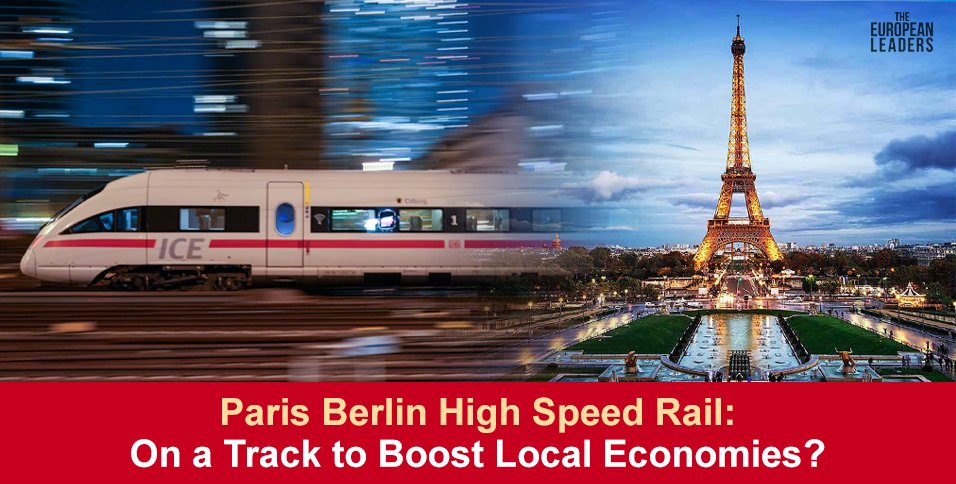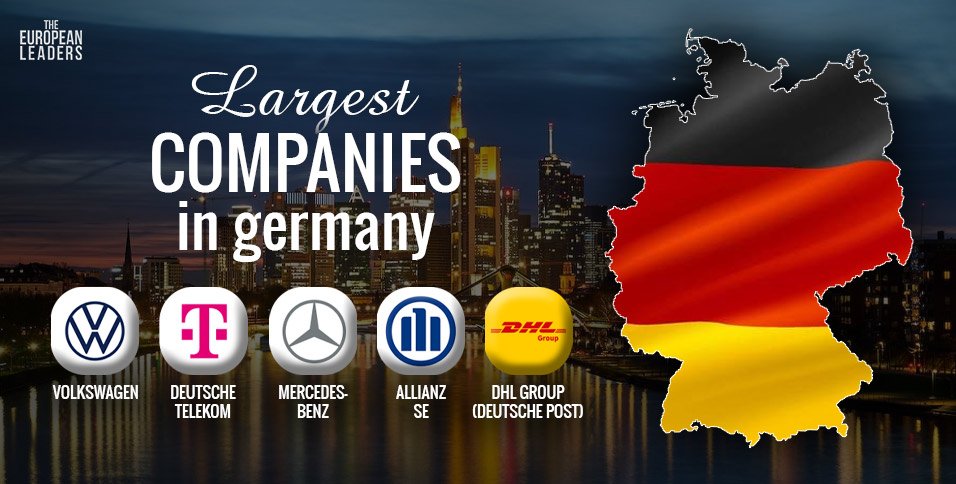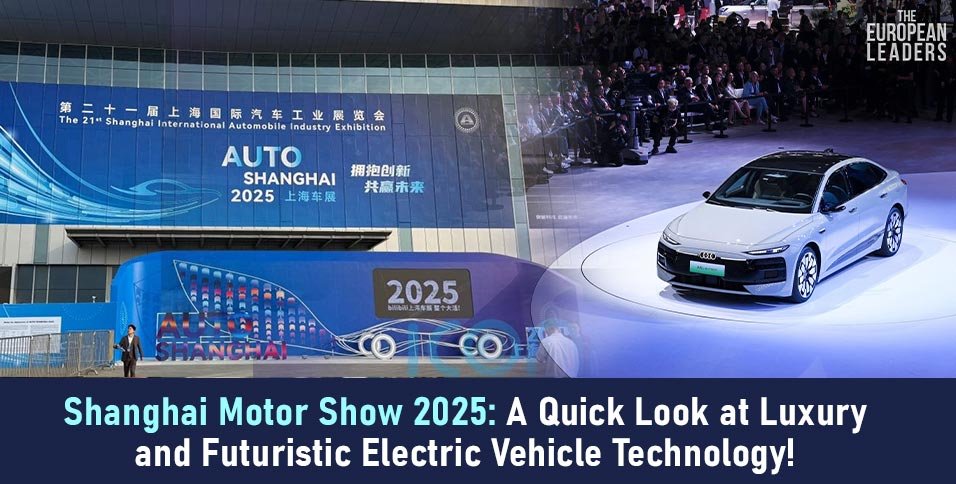The European Leaders
27 December 2024
Paris – The launch of the Paris Berlin High Speed Rail has set European transportation abuzz. A seamless eight-hour journey connects two of Europe’s most influential capitals, promising more than just faster travel—it aims to reshape local economies, reduce carbon footprints, and redefine the convenience of cross-border commutes.
For the environmentally conscious traveler and the business-minded commuter, this new rail service, operational since December 16, 2024, offers a glimpse into the future of sustainable mobility and regional economic revival.
Key Features of the Paris Berlin High-Speed Rail
- Efficiency and Comfort: The state-of-the-art ICE 3 trains, operated by Deutsche Bahn (DB) and France’s SNCF, cater to up to 444 passengers per journey. Travelers can enjoy uninterrupted trips between Paris Gare de l’Est and Berlin Hauptbahnhof, with stops in Strasbourg, Karlsruhe, and Frankfurt Süd. Offering modern amenities, the service guarantees a smooth ride that rivals air travel in both comfort and practicality.
- Environmental Impact: Emitting just 2 kg of CO2 per passenger, the Paris Berlin High Speed Rail aligns perfectly with Europe’s sustainability goals. In stark contrast, flying the same route produces around 200 kg of CO2 per passenger. For eco-conscious travelers, this rail option provides a guilt-free way to explore Europe.
- Pricing and Accessibility: With fares starting at €59 and promotional rates as low as €24.99, the service caters to a wide demographic. Its once-daily schedule ensures reliable travel, making it an attractive choice for both leisure and business purposes.
Economic Ripples Along the Route
The high-speed rail isn’t just about mobility—it’s about economic transformation. Local businesses along the route stand to benefit from increased traffic, while smaller towns and cities gain improved access to major hubs. For instance:
- Boosting Regional Commerce: Towns like Strasbourg and Karlsruhe are poised for a surge in tourism and business activity.
- Job Creation: Construction, operations, and hospitality sectors see new employment opportunities.
- Tourism Growth: With enhanced travel ease, Paris and Berlin expect a spike in visitor numbers, benefiting hotels, restaurants, and cultural landmarks.
Challenges and Future Prospects
While the service has seen an impressive 80% occupancy rate since its launch, it operates only once daily. Scalability will be key to meeting rising demand. Both DB and SNCF have expressed intentions to increase the frequency of trains as passenger interest grows, signaling a potential boost in accessibility.
A Cultural and Economic Bridge
More than just a transportation project, the Paris Berlin High Speed Rail embodies Franco-German collaboration at its finest. As Europe’s two largest economies unite through steel tracks, they reinforce not just economic ties but cultural ones, fostering a deeper sense of European unity.
The End Point
The Paris Berlin High Speed Rail is more than a new transit option—it’s a catalyst for change. By connecting people, reducing emissions, and stimulating local economies, it positions itself as a landmark in sustainable travel.
For businesses, tourists, and policymakers, this rail service is a journey into a future where speed meets sustainability and prosperity thrives along every stop.








